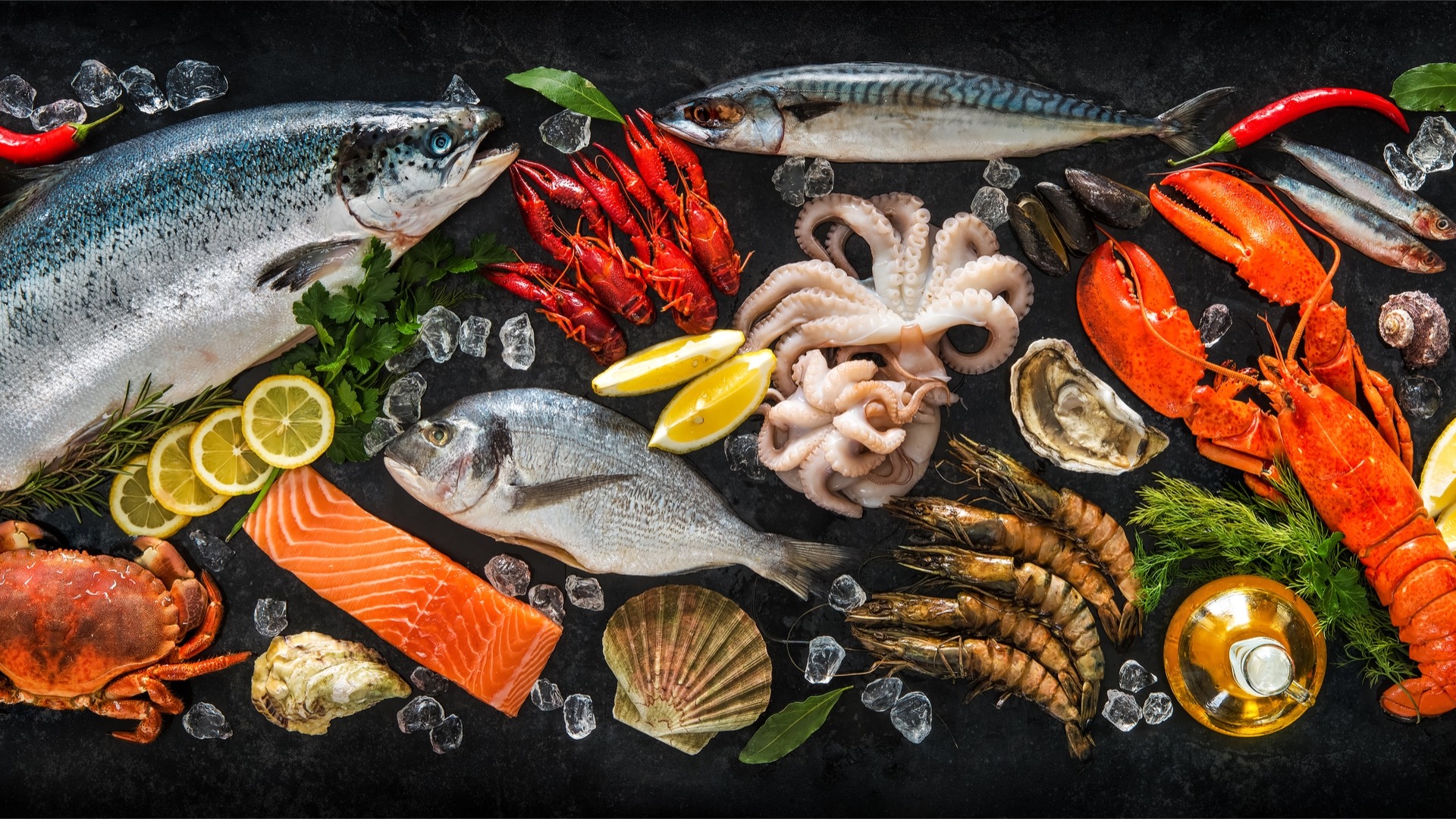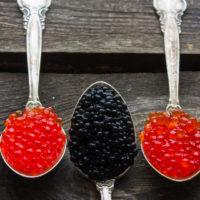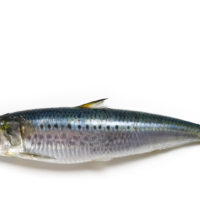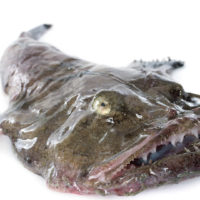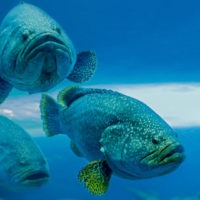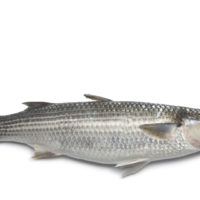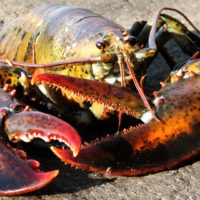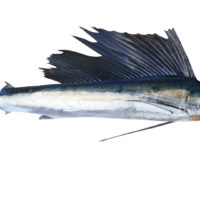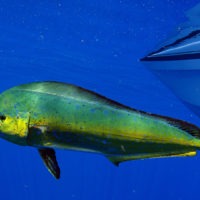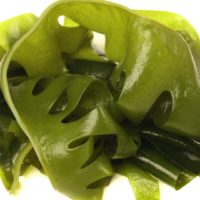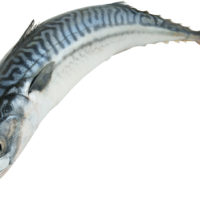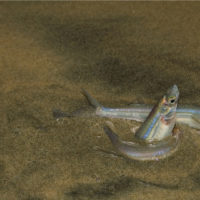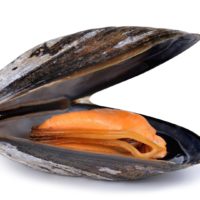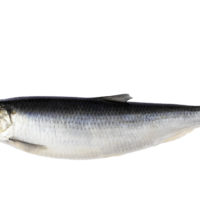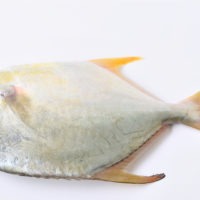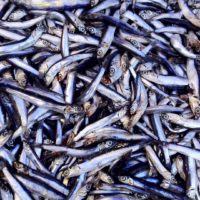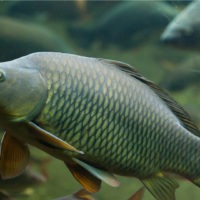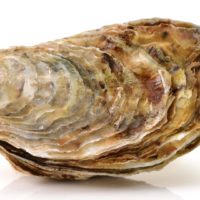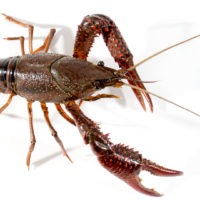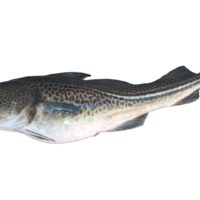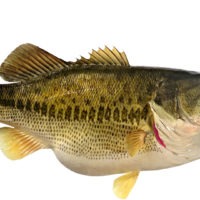WHAT IS CAVIAR? The name comes from the Persian term for “cake of power” since it was reserved only for kings. Traditionally it’s made by curing the unfertilized roe (eggs) of wild sturgeon. Famous for being expensive, it’s actually quite difficult to get these fish eggs. An adult sturgeon can grow up to 3,000 lbs […]
Archaeology of Seafood
ARCHAEOLOGY OF SEAFOOD – Sardine
WHAT IS A SARDINE? Also known as a pilchard, these small, oily fish are a delicacy in the Mediterranean. Originally they were named after the island of Sardinia, there are almost 2 dozen different types of fish that are commercially packed as “sardines.” Usually if the fish is under 6 inches (152 mm) it qualifies […]
ARCHAEOLOGY OF SEAFOOD – Monkfish
WHAT IS A MONKFISH? The seafood equivalent of quince in terms of looks (ugly), monkfish goes by many names – anglerfish, frog fish and sea devil. With a gigantic head in proportion to its body and a tiny set of beady eyes, this fish immediately evokes caution. With such a viscous appearance, several species have become famous […]
ARCHAEOLOGY OF SEAFOOD – Grouper
WHAT IS A GROUPER? This legendary reef fish can easily weigh more then a small boat in some cases. This lethargic fish with their giant months are not built for speed or distance. What they lack in teeth they make up for with a vacuum-cleaner like mouth that sucks their prey in from a distance. […]
ARCHAEOLOGY OF SEAFOOD – Mullet
WHAT IS A MULLET? This family of fish is found all over the world, but prefers warmer waters. They are the garbage men of their neighborhoods feeding on dead organic material and zoo plankton. Because of this they’ve developed especially muscular stomachs similar to a chicken’s gizzard. Mullets tend to prefer shallow shorelines where they […]
ARCHAEOLOGY OF SEAFOOD – Lobster
WHAT IS A LOBSTER? These large, marine crustaceans have long, cylindrical bodies with five pairs of legs. In the same family as other invertebrates like shrimp, their skeletons are on the outside. In order to grow they must molt or shed their shells. While the term “lobster” is used in the names of similar crustaceans, […]
ARCHAEOLOGY OF SEAFOOD – Marlin
WHAT IS A MARLIN? This family of fish has 10 different species, all of whom can easily kill you in a fair fight! While these are deep sea fish, they prefer the upper more shallow waters where feeding is easier. They use their “swords” when swimming through dense schools of fish. They slash from side […]
ARCHAEOLOGY OF SEAFOOD – Mahi Mahi (Dolphin Fish)
WHAT IS A MAHI MAHI? Also known as the dolphinfish or dorado, the name mahi mahi comes from the Polynesian language and means “strong strong.” This warm water fish doesn’t look anything like its namesake the dolphin. But they both make high-pitched underwater noises to communicate. And both creatures enjoy swimming ahead of ships traveling […]
ARCHAEOLOGY OF SEAFOOD – Kelp
WHAT IS KELP? In Western culture kelp has a bad reputation as a food source. This seaweed has long been thought to be more appropriate for fish then human beings. Shallow ocean beds that are rich in nutrients are necessary for it to survive. However once it starts, this algae can grow underwater to be […]
ARCHAEOLOGY OF SEAFOOD – Mackerel
WHAT IS A MACKEREL? It is a type of pelagic fish which thrives in deep ocean or coastal water (avoiding the sea floor or coastline). Most mackerel species look similar with forked tails and vertical striping. When swimming in large schools (up to 20 miles / 32 km. in length), each fish uses this striping […]
ARCHAEOLOGY OF SEAFOOD – Jacksmelt (Silverside)
WHAT IS A JACKSMELT? Also known as jack silverside or a horse, blue or California smelt, they’re native to the Pacific Coast. Ranging from Oregon down to California, they have a grey coloration with a tint of blue and green and grow to over a foot in length. While a popular fish among anglers, the […]
ARCHAEOLOGY OF SEAFOOD – Mussel
WHAT IS A MUSSEL? These bivalve mollusks are in appearance the ugly cousin to the more pristine clam. Different families can thrive in fresh or salt water environments (unlike the clam). In general their shells have a more oval, darker and asymmetrical appearance. The mussel is a filter feeder, attaching itself to any aquatic substrate […]
ARCHAEOLOGY OF SEAFOOD – Herring (Sardine)
WHAT IS A HERRING? While small in size, this tiny guy travels in very large schools of fish. They are sometimes confusingly called sardines (American “Atlantic Herring” vs. the European “Plichard” both of which are sardines). The deep, metallic hue of the herring’s silver scales and streamlined appearance seem more appropriate in a Mercedes then […]
ARCHAEOLOGY OF SEAFOOD – Butterfish
WHAT IS A BUTTERFISH? Much like with Chilean sea bass, (formerly known as the Patagonian toothfish), escolar or snake mackerel are sold under the more appealing name of “butterfish.” However they are not the same fish! Restaurants realize that many customers aren’t too savvy about which fish they are eating, and Atlantic Black Cod or […]
ARCHAEOLOGY OF SEAFOOD – Anchovy
WHAT IS AN ANCHOVY? This marine forager is famous for its oil content. While often harvested when small, they can grow to over a foot (40 cm) in size. Anchovies tend to favor warmer, saltwater environments and are particularly abundant around Europe. They are one of the few natural sources of umami, or the 5th […]
ARCHAEOLOGY OF SEAFOOD – Carp
WHAT IS A CARP? Believe it or not, this giant, oily fish is actually a member of the minnow family! It also has an undeserved reputation as the bad boy of freshwater seafood. Considered by many to be an invasive species, they are a hardy and adaptable, surviving in environments where food or even oxygen […]
ARCHAEOLOGY OF SEAFOOD – Oyster
WHAT IS AN OYSTER? It’s a salt water bivalve mollusc that is often asymmetrical in shape and delicious. They feed by sucking water through their gills and eating the particles of plankton trapped there. Oysters play a critical role in their local ecosystem with a single mollusc filtering up to 50 gallons of water a […]
ARCHAEOLOGY OF SEAFOOD – Crawfish
WHAT IS A CRAWFISH? These freshwater crustaceans are known by many names including freshwater lobsters and mudbugs. They are half the size of lobsters and is abundant in some swamps and streams. However these rural delicacies are often misunderstood. Much like tadpoles, crawfish are a great way to see if a local water source is […]
ARCHAEOLOGY OF SEAFOOD – Cod
WHAT IS A COD? There are 2 basic types of cod, those from the Atlantic and those from the Pacific ocean. Both are bottom dwelling cold water fish. Popular for their mild flavor and firm yet flaky flesh, this fish can grow to be bigger almost 2 meters (6’5″) long! Early Vikings were able to […]
ARCHAEOLOGY OF SEAFOOD – Bass
WHAT IS A BASS? It’s a generic name used for a family of fish who can live in fresh or saltwater. The name itself is an old English version of “perch.” Adults are predators that have no problem eating snakes, frogs, bats or your finger if it gets close enough. Much like sharks, if it […]
